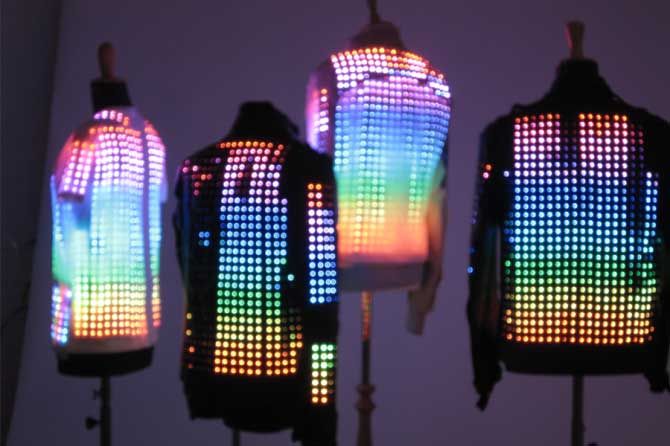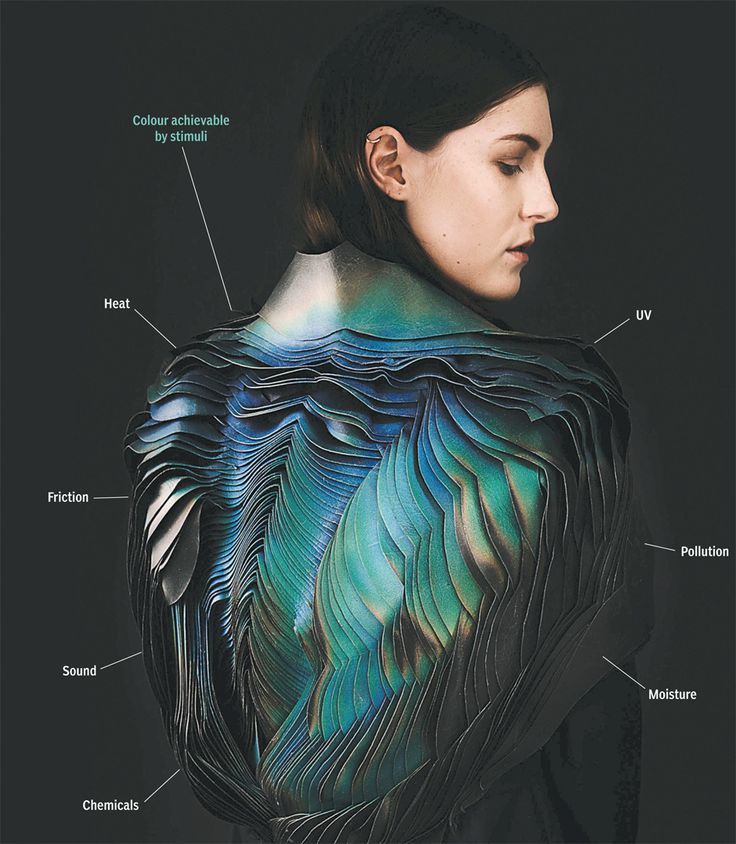TRENDSPOTTING 2016 : "Fashion and textile industry has never been in a more interesting spot ever before. When human imagination and innovation is taking industry and businesses to a new height with the help of cutting edge technology, fashion and textile industry is also being a part of it. 2016 seems to be a benchmark year for the textile and fashion industry paving the way for new opportunities."

Fashion and textile industry has never been in a more interesting spot ever before. When human imagination and innovation is taking industry and businesses to a new height with the help of cutting edge technology, fashion and textile industry is also being a part of it. More than ever before, the garment industry is going to witness a phase which is marked by innovation and technology. With all the pioneering changes taking places in technology, manufacturing and even in the consumer mindset, 2016 seems to be a benchmark year for the textile and fashion industry paving the way for new opportunities.
Technology to play a pivotal role

With some trendsetting changes taking place in technology sector, fashion and textile, like all other industries is witnessing a major impact on what we produce and conceive. Smart fabrics, interactive fabrics, 3D printed fashion and many other innovations have opened up a whole array of possibilities that will have a huge impact on the world of fashion as we know it. However, it is technology coupled with innovation that is setting the trend for fashion in 2016. Young designers, entrepreneurs and forward thinking brands that explore the boundaries of fashion are now conceiving alternatives to traditional materials and fabrics that we know today.
Innovations in sustainability to trend in 2016
Continuing with increased environmental awareness the major trend for the sector would be significant innovations in sustainability – reducing water and energy consumption, which are vital developments for the benefit of the environment and saving costs. Environmental and economic considerations go hand¬ in ¬hand, and have been the driving force for the last few years. Even in areas such as finishing, where water consumption and pollution was a particular issue. Another important development is the rise of digital printing, which doesn’t require water. Digital printing is not only an environmentally friendly technology, it also offers opportunities for re¬shoring because it can produce small lots of printed fabrics. The impact of this new technology will be very important for the downstream industry.
There has been a revolutionary change in the mass mindset which has fuelled fashion players to think of their environmental responsibilities. Initiatives like ‘the shoe that grows’ will inspire brands to consider sustainable alternative to grow their brands. In this new development a sustainable production process and the use of water-based polyurethanes and water-based finish is of great importance to support the mindset of sustainable fashion. Solutions we have been working on for years because we think this development is of great importance in ensuring a sustainable future full of opportunities for all of us.
Emergence of technical textiles to grow robust

In recent years, technical textile has become a major segment globally because of several advantages like functional requirement, health and safety, cost effectiveness, durability, high strength etc. The global technical textile industry has witnessed an increase in consumption from 25 per cent in 1998 to 37 per cent 2010. The largest segments are Mobiltex, Indutex and Sportex which contribute to about 55-57 per cent of the total Technical Textiles globally. In the US and Western European countries, there is legislation for mandatory use of such products which has further fuelled growth in demand. China, Brazil and Canada are some other countries to play important role in shaping the technical textile industry in 2016.
Crowdfunding, the new buzzword in fashion
Ever since the establishment of denim and basics brand DSTLD in 2013, it has raised $4.3 million, turning to venture capitalists including CAA Ventures and Wavemaker Partners and then DSTLD’s sales increasing by 640 per cent to more than 34,000 units crowdfunding became the business buzzword of the year. Instead of turning once again to venture capital firms, the co-founders decided to launch a campaign on equity crowdfunding platform SeedInvest, which allows companies to raise money from Internet users. Although companies are projected to raise $34.4 billion in crowdfunded investments in 2015, according to research and advisory firm Massolution, just a sliver of those using crowdfunding operate in the apparel sector. Of the 93,546 projects successfully funded on Kickstarter since the platform launched, only 3,163 (or 3 percent) have been fashion-related. However the concept is expected to gain strength in 2016. Even venture capitalists themselves seem to be opening up to the idea of fashion crowdfunding platforms.
Spinning sector to see smaller order sizes
In 2015, spinning industry witnessed a trend of smaller order sizes which is likely to continue in 2016. The combination of high demand and decreasing raw material costs has also provided spinners with the opportunity to enhance margins, which have historically been very thin for this industry. Perhaps the biggest change in 2015 over past periods of sustained prosperity is the size of orders. Orders are relatively small, at least for most specialty spinners, and the variety of yarns spun is on the rise.
Inking and colouring the efficient way

The overall printing industry across the globe is estimated to be about one trillion US dollars, out of which textiles is about $150 billion constituting about 15 per cent of total value. A major area which is promising for technical innovation is ink, which has the ability to get better and print on more types of fabric. With a Silicon Valley-based company such as EFI getting deeply involved in textiles, the market is going to see a very meaningful innovation in software applications, helping colour to be accurate and improving efficiency in the printing process to save customers time and money. There is no doubt that this is an exciting time for innovation in the textile industry. Industry 4.0, the concept of interconnected production chains with the potential for cloud or mobile- based management - speaks to the evolution path of technological innovation that textile professionals need.












